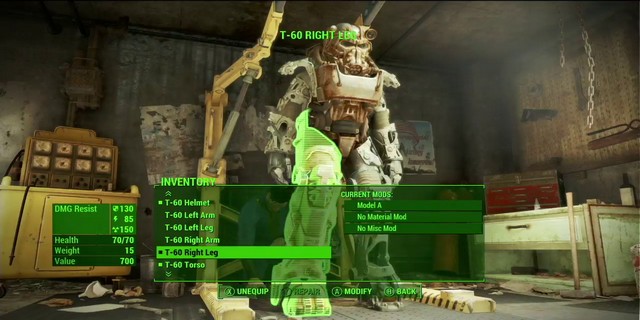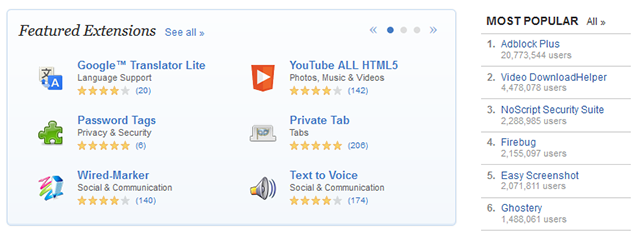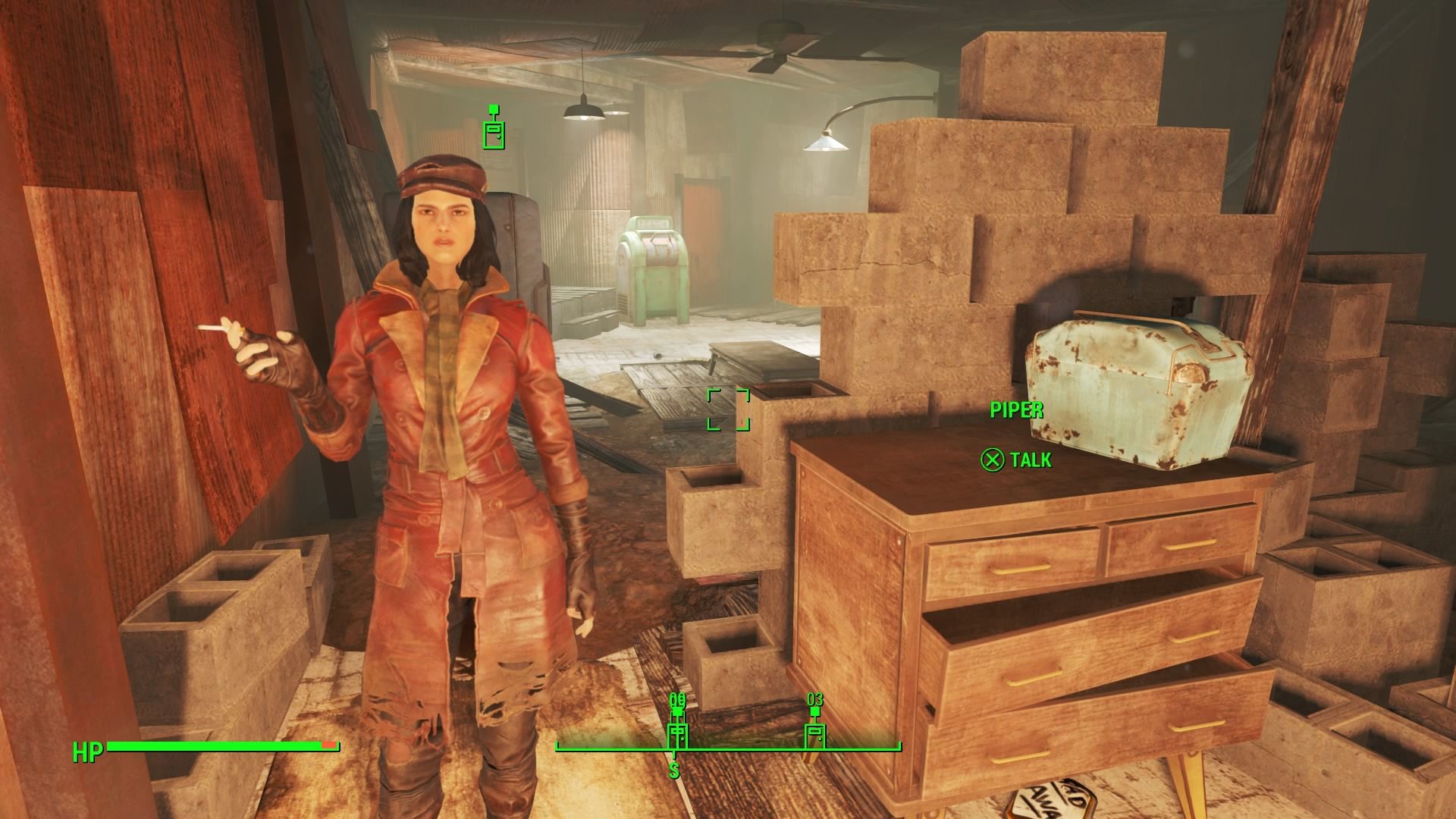

The existence of global warming is debated endlessly. But no matter where you stand on the matter, you have to accept that we’ve seen some extreme weather events over the past ten years. The United States has been witness to many of them.
Hurricane Sandy, for example, caused over $70 billion of damage, and resulted in over eight million people losing power. People like my New Jersey native fiancé who, along with everyone else in her neighborhood, lost power for an entire week.
With that in mind, it shouldn’t come as a surprise that sales of residential power generation equipment are surging right now, as people try to prepare themselves for when the worst happens. Sales of diesel and gasoline powered generators are through the roof, with the global market for them expected to reach $22.4 billion by 2019. The market for residential solar power equipment is similarly enjoying a boom, buoyed by vastly improved performance, lower costs, and government subsidies (although these are being phased out in some areas).
But while fossil-fuel powered generators are well understood, the same isn’t true for residential solar power kits. There are thousands of products on offer, each with their own advantages and disadvantages. Which ones are right for you? Read on to find out more.
Residential solar power kits are photovoltaic cells you can use to generate electricity on your own property. These are helpful when the grid is down, but you can also use them outside of emergency scenarios in order to reduce your monthly utility bill.
The range of products available is truly diverse. Some are gargantuan in size, and can power large household appliances that use a lot of electricity. Others are smaller, and are less capable.
You don’t need to go to a specialist solar retailer to buy them. Large big-box hardware retailers like Home Depot sell them. At Home Depot in particular, you can get small-scale kits for around $200. These will generate around 80 watts, which should be enough to recharge a cell phone or laptop computer, or power some LED light bulbs.

As is the case with most things, the more money you spend, the more bang-for-your buck you get. Around $2500 will get you a 1,060-watt solar kit. This will physically occupy more space, but it will also be able to power some larger appliances, like a refrigerator or a freezer.
Of course, Amazon sells some residential power kits too.
It’s worth emphasizing that these kits don’t necessarily have to be fixed to your rooftop in order to generate power. Some are portable, and can be placed wherever you have space. This is ideal if you only want to use them in an emergency, or if you want to place them in your back yard or on a balcony.

Solar power has many advantages over fossil-fuel powered generators that make them worthy of consideration for disaster-preparedness.
The most prescient advantage is that you don’t need a regular a supply of diesel or gasoline for them to work. When roads are cut and deliveries cannot be made, or supplies are scarce, people can be prone to panic-buying. One of my fiancé’s more vivid memories from Hurricane Sandy was the endless lines for gasoline which stretched blocks. The tempers of the people in line would often boil-over, and fights would break out. It was scary.
Solar cells need less maintenance too as they’re solid state, and lack the moving, mechanical components of generators. The ongoing costs of ownership are pretty much non-existent, and they can be scaled upwards or downwards as you require.

During emergencies you can see the real use of a solar power kit.
If you’re diabetic and need to keep your insulin stored in a cool place, the right sized solar cell would provide enough power to run a small refrigerator. The same goes for any temperature-sensitive medication.
They can keep you connected, too. If you’ve been unfortunate enough to lose power, but your cable provider’s infrastructure is still online, you need only to connect your modem, router, and laptop to your solar kit in order to get online.
When connected to a large battery, you can store the charge you capture, and use it to power equipment through the night,
In short, they’re affordable, reliable, renewable, and can often be life-saving. But what kit is the right kit for you?
We’re going to look at a range of kits, representing the bottom, middle and upper-ends of the market. I recognize that not everyone will have the need (or perhaps the space) for a massive array of photovoltaics.
At less than $200, the Renogy 100 Solar Starter Kit represents the absolute bottom of the market. It contains a single, 100-watt monocrystaline solar kit, a charge controller, and a cable to connect the controller to a 12-volt battery.
It’s basic stuff, and is designed to be used in mobile applications, such as on a boat or an RV. In sunny conditions, you should expect it to be able to power a laptop at the very least. You shouldn’t expect much more than that though, as this is a small cell.
We’re going to take a look at the next tier up from the previous item. At $800, the WindyNation Complete 400 Watt Solar Panel Kit balances price with performances, and represents great value for money.
It comes with four, 100-watt polycrystaline solar panels which can run in parallel; a solar charge controller; a DC to AC power inverter; and all the cables required to hook everything up together, and to connect the inverter to a battery.
Depending on the sunlight, you can expect this kit to provide around 1600 watt hours of charge per day. That’s enough to power your iPhone many times over. Realistically, it should be enough to power a household refrigerator (depending on the size and age of it), some lighting, and a small television. Of course, your mileage will vary depending on how energy-efficient your gear is.
At almost $1,800, the Goal Zero 39004 Yeti 1250 is the most expensive home solar kit we’re going to be covering. The core of this kit is the Yeti 1250, which is a 1250-watt battery you can directly plug your appliances into. It can charge anything, from consumer electronics, to household white-goods, such as refrigerators and freezers.
It has three USB chargers, three DC outlets, as well as an AC outlet and an Anderson Powerpole outlet. This makes it a truly versatile piece of kit.
This package comes with two Goal Zero Boulder 30 Cells, which can charge the Yeti in around 24 hours. The advantage of these is that they are small enough to be truly portable, and could quite easily fit into the back of a car, or on top of a recreational vehicle. Additional cells can be bought on Amazon for around $200 each, and can be daisy chained to charge the Yeti even faster.
While not the cheapest piece of kit on the market, it’s well built, and has an emphasis on simplicity that makes it attractive for solar starters.
Right now, solar power is an attractive concept, especially if you live in an area that is prone to extreme weather events. The appeal of solar looks set to only improve, as cells get more efficient (this is already happening, thanks to increasing research in perovskite solar cells), and the continuing improvement of battery technology. The upcoming launch of the Tesla Powerwall is particularly exciting.
So, over to you. Will you be installing some solar cells in the near future? Have you ever had to use them in the case of a power outage? Tell me about it in the comments below.
Photo Credits:Working on Computer by In-Finity via Shutterstock, Solar Energy in an Apartment (Kaspars Dambis), Solar Charging Kit (AfroMusing), Facing North (Stephan Ridgway)




 Destiny: The Taken King Guide On How To Get The Chaperone Exotic Shotgun or Complete Jolly Holliday Quest
Destiny: The Taken King Guide On How To Get The Chaperone Exotic Shotgun or Complete Jolly Holliday Quest Fallout 4: How To Find Fusion Core And Fat Man In First 60 Minutes
Fallout 4: How To Find Fusion Core And Fat Man In First 60 Minutes How to Install Firefox Add-ons Manually (Even From GitHub!)
How to Install Firefox Add-ons Manually (Even From GitHub!) Fallout 4: Story of the Century
Fallout 4: Story of the Century 5 Reasons Cross-Platform Browser Tools Are the Way to Go
5 Reasons Cross-Platform Browser Tools Are the Way to Go